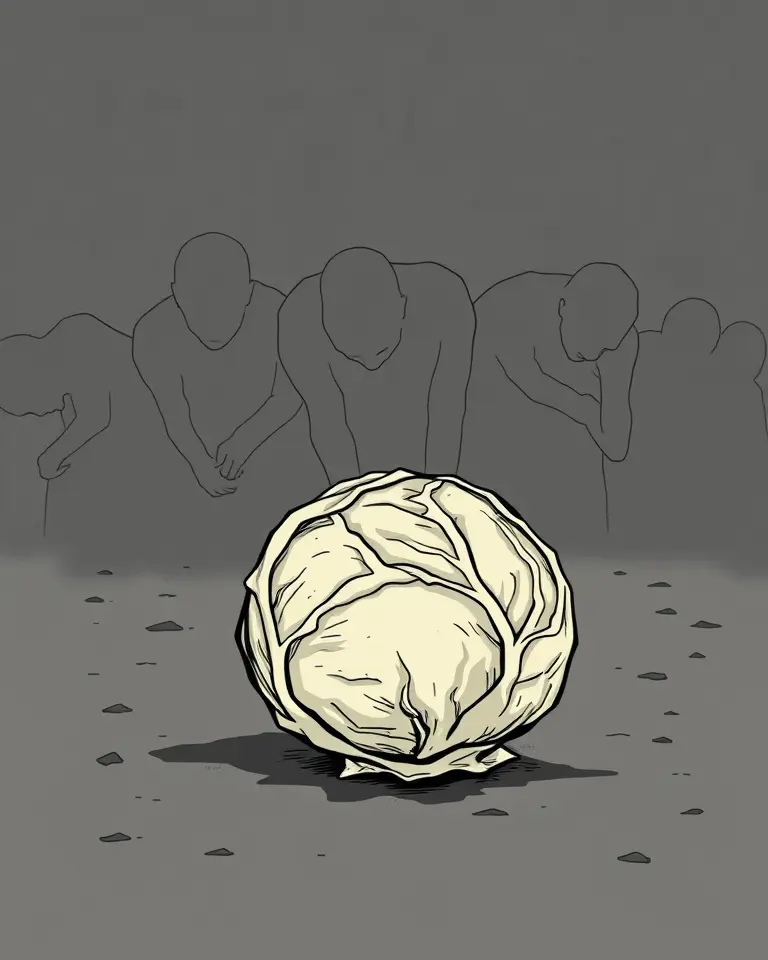A staggering 7.2 million households in the UK are struggling to afford healthy food, according to a recent report, highlighting the deepening crisis of food poverty in the nation. This means that a significant portion of the population cannot consistently access or afford a nutritious diet, raising concerns about public health and well-being.
The Escalating Cost of Living Fuels Food Insecurity
The primary driver behind this crisis is the escalating cost of living, which has seen food prices soar, placing immense pressure on household budgets. Over the past couple of years, food prices have increased by nearly 24%, making it increasingly difficult for families to afford basic nutritious items. The situation is further exacerbated by rising energy costs, with some families even avoiding “high energy” foods that require longer cooking times to save money on fuel.
The Impact on Diet Quality
The surge in food prices is forcing many to cut back on fresh fruits, vegetables, and lean proteins, opting instead for cheaper, less healthy options. A report from the Food Foundation shows that 1,000 calories of healthy food now costs £8.80, compared to just £4.30 for the same amount of calories from processed food. As a consequence, many are turning to ultra-processed foods that are high in sugar, fat, and salt, which contributes to rising rates of obesity, type 2 diabetes, and cardiovascular diseases.
Who is Affected?
Food insecurity disproportionately affects vulnerable groups, including:
- Low-income households
- Single-parent families
- Older people
- People in remote areas
- Refugees
- Children
- People with disabilities.
- Those experiencing changes in circumstances such as job loss, illness, or delays in benefit payments.
New data has revealed that as many as 4.26 million UK households have less than £20 per person per month to spend on food, which is just 10% of the budget needed to eat a healthy, nutritious diet. This illustrates the severity of the financial constraints that many families are facing.
The Regional Disparities
Food poverty is not evenly distributed across the UK. Households in the lowest income brackets would need to spend around 30% of their disposable income after housing costs to meet the government’s recommended healthy diet, as opposed to 12% for the highest-earning brackets. This financial strain is especially evident in households with children, lone adults, and those with three or more children, who are the least likely to have sufficient budgets to afford a healthy diet.
The Rise of Food Bank Usage
The stark reality of food poverty is reflected in the unprecedented demand for food banks. In 2022/23, 2.3 million people in the UK lived in households that had used a food bank in the previous 12 months. The Trussell Trust, a leading food bank network, distributed over 3.1 million emergency food parcels in 2023/24, marking a significant increase of 94% over the past five years. It is estimated that in the UK, 3% of all individuals used a food bank in the previous 12 months in 2022/23. This includes 6% of children, 3% of working-age adults, and around 1% of pensioners. In 2023/24, 655,000 people used a food bank for the first time.
Food Bank Limitations
Food banks are intended to be temporary emergency provisions, but they are increasingly becoming a regular source of food for many. The Trussell Trust reported providing 1.3 million emergency food parcels from April-September 2022, which is 50% more than pre-pandemic. These numbers show how the safety nets that are in place have become more of a relied upon staple instead of just emergency help.
The Health Consequences
The consequences of food poverty extend far beyond hunger. Poor diets, driven by an inability to afford healthy food, are a major contributor to diet-related illnesses. Poor diet now accounts for 13% of all deaths in the UK, with nearly 75,000 premature deaths annually due to diet-related diseases. The situation is also placing significant strain on the National Health Service (NHS), which is already struggling to cope with the increasing burden of preventable illnesses. It is estimated that poor diets cost the NHS £19.6 billion each year.
The Cycle of Poverty
The long term effects of food poverty also contribute to the ongoing cycle of poverty. Children who experience food insecurity are more likely to have developmental problems, impacting their education and life chances. The lack of access to healthy food also increases health inequalities between the richest and poorest members of society.
What is Being Done?
The UK government has acknowledged the issue of food poverty and has taken some steps to address it. The previous government responded to the House of Lords Food, Poverty, Health and the Environment Committee’s “Hungry for change” report in 2020. However, many argue that these efforts have not been enough to tackle the root causes of the problem.
Calls for Action
There is growing pressure on the government to implement more comprehensive measures, including:
- An emergency income support scheme to ensure people can afford food.
- Abolishing the five-week wait for Universal Credit.
- Making child benefit a fortnightly payment.
- Removing the benefit cap.
- Increasing the threshold for Free School Meals and Healthy Start.
- Developing a food policy that considers work, welfare, housing, and immigration policies’ impact on food access.
- The UK Government and local authorities to take urgent action to lift people out of food poverty and prevent others from falling into food poverty, and enshrining a “Right to Food” in UK law.
The Global Perspective
The issue of food poverty is not confined to the UK. Globally, the number of people facing hunger has increased to between 691 million and 783 million people in 2022. The COVID-19 pandemic and the war in Ukraine have contributed to a general reduction in income levels and an increase in food prices worldwide. This increase represents a 10-year reversal, with the number of people living in food poverty reaching the same level as in 2011. In 2023, 571 million people are living in food poverty, an increase of 42 million from 2019.
Conclusion
The UK is facing a critical food poverty crisis, with millions unable to afford a healthy diet. The rise in food prices and the lack of adequate support are pushing many families into poverty and poor health, especially those who are already vulnerable. While food banks try to alleviate the issue, they can only provide temporary support and are not a long-term solution. There is an urgent need for comprehensive government intervention to address the root causes of food insecurity, ensuring that everyone has access to affordable and nutritious food. Without it, the crisis is likely to worsen, with devastating consequences for public health and social well-being.







